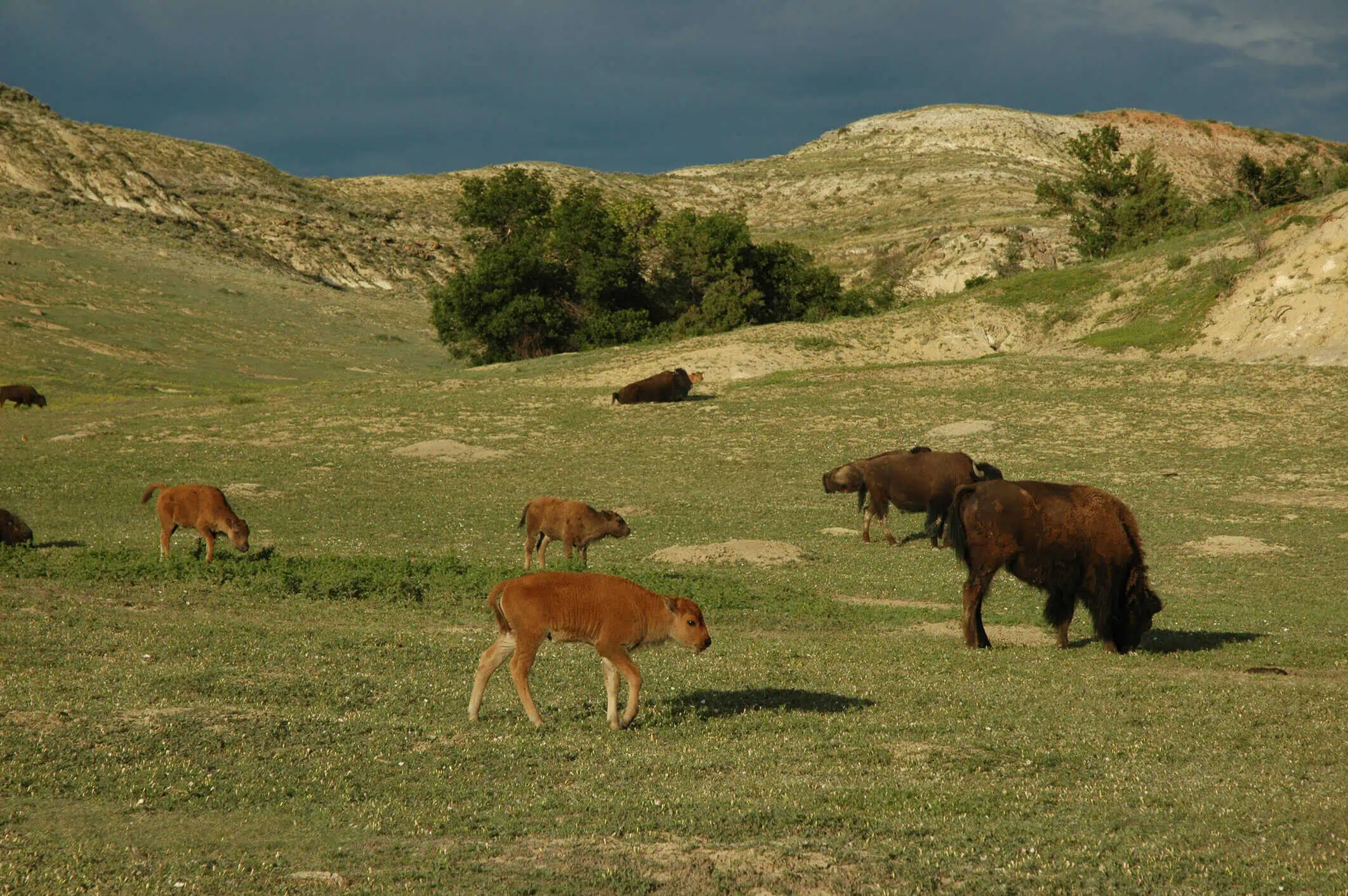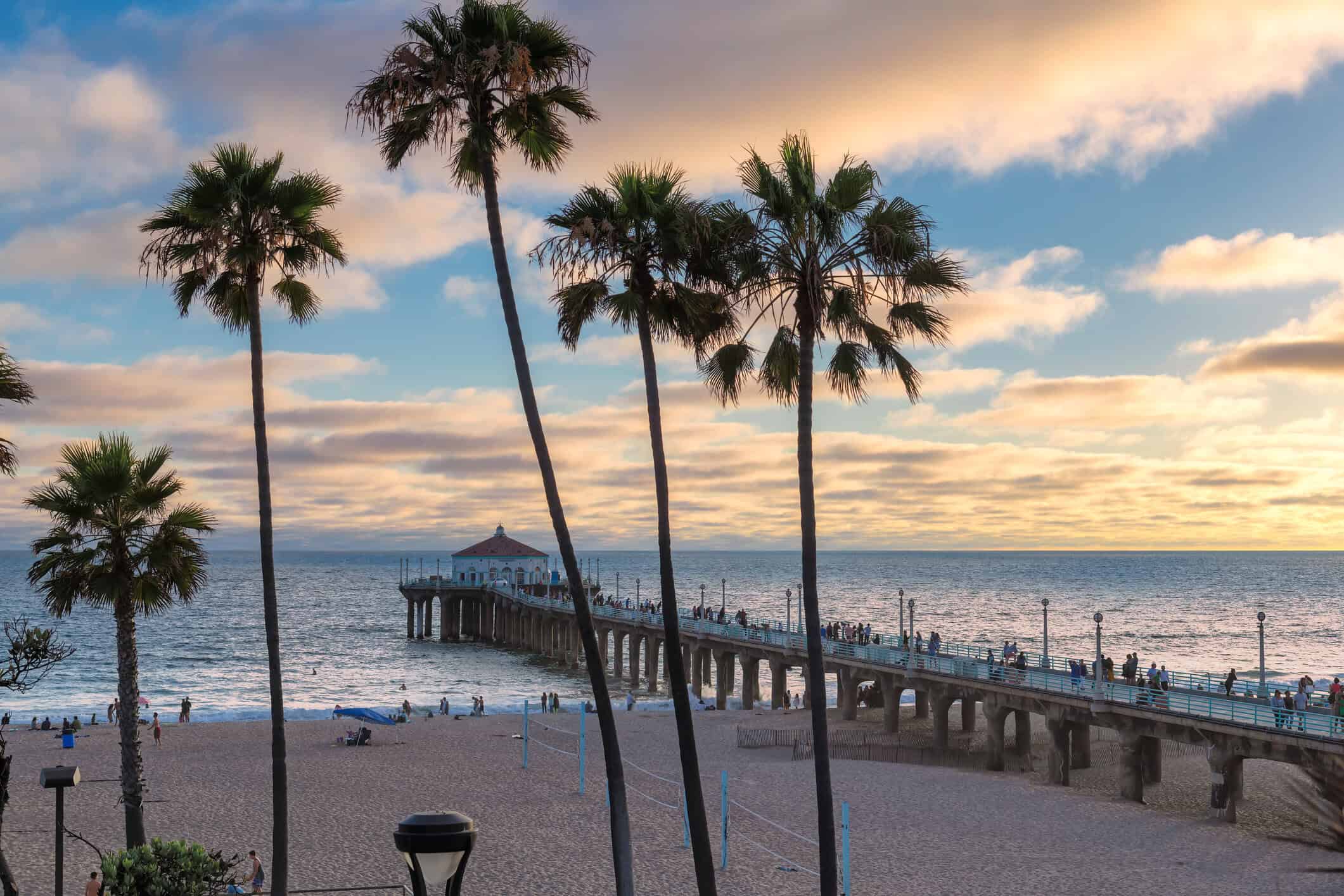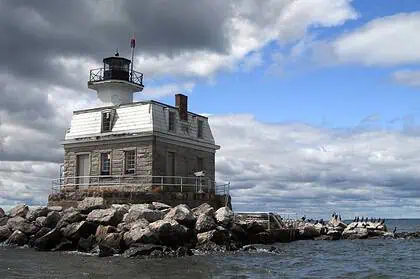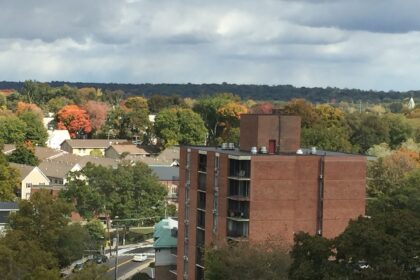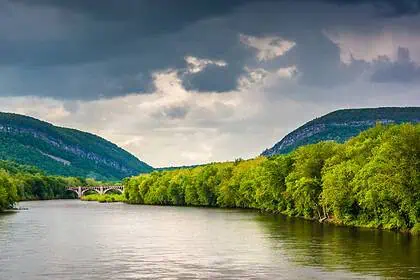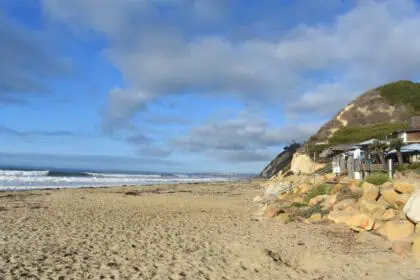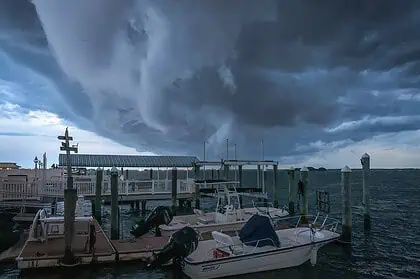PHOENIX, Arizona – Tuesday, July 8, 2025, 7:30 a.m. (local time) – Phoenix is bracing for scorching temperatures this week as a powerful high-pressure system settles over the Valley of the Sun, pushing daytime highs into record-breaking territory. The National Weather Service has issued an extreme heat warning from Tuesday through Thursday, as temperatures are expected to soar far above seasonal averages.
Normal highs in early July typically hover around 107°F (41.7°C) in Phoenix, but this week is forecast to eclipse those norms. Monday kicked off with an already sweltering high near 110°F (43.3°C), followed by an even more intense trio of days.
“On Wednesday, we’re forecasting a high of 117°F (47.2°C),” said Gabriel Lojero, meteorologist at the National Weather Service in Phoenix, during a live segment on KTAR News 92.3 FM. “If that holds, it will break the previous daily record of 116°F (46.7°C), set just last year.”
This heat wave is being driven by clear skies and stagnant high pressure, allowing intense sunlight to heat the desert floor with little atmospheric resistance. The sun-drenched metro area will experience persistent, dry heat, particularly hazardous during midday hours.
Hiking trails closed as heat dangers escalate
In response to the extreme heat warning, several popular hiking trails across Phoenix will be closed daily between 8 a.m. and 5 p.m. These include Camelback Mountain’s Echo Canyon and Cholla trails, the Piestewa Peak Summit Trail in the Phoenix Mountains Preserve, and the Holbert, Mormon, Hau’Pal Loop and parts of the National Trail within South Mountain Park and Preserve.
“With hiking trails, you’re exerting your body a lot,” warned Lojero. “When the temperature nears 100°F (37.8°C), the risk of dehydration and heat-related illness becomes dangerously high.”
Dry desert air, combined with intense sun exposure, creates conditions where the body can lose fluids rapidly, even if the heat feels “dry.” Hikers and outdoor workers often underestimate their hydration needs, leading to heat exhaustion or heat stroke.
Caution urged for outdoor workers and residents
While the NWS doesn’t enforce closures beyond the hiking restrictions, residents and outdoor laborers are strongly encouraged to adjust their schedules. The safest windows for activity are early morning or after sunset, when temperatures drop slightly and UV exposure is reduced.
“Light, breathable clothing, frequent hydration, and shade breaks are essential,” said Lojero, stressing that air-conditioned environments remain the most effective refuge during periods of extreme heat.
Phoenix continues to be one of the hottest urban centers in the United States, and as temperatures edge toward 120°F (48.9°C), officials remain on alert to protect both locals and visitors from the severe effects of heat exposure.



